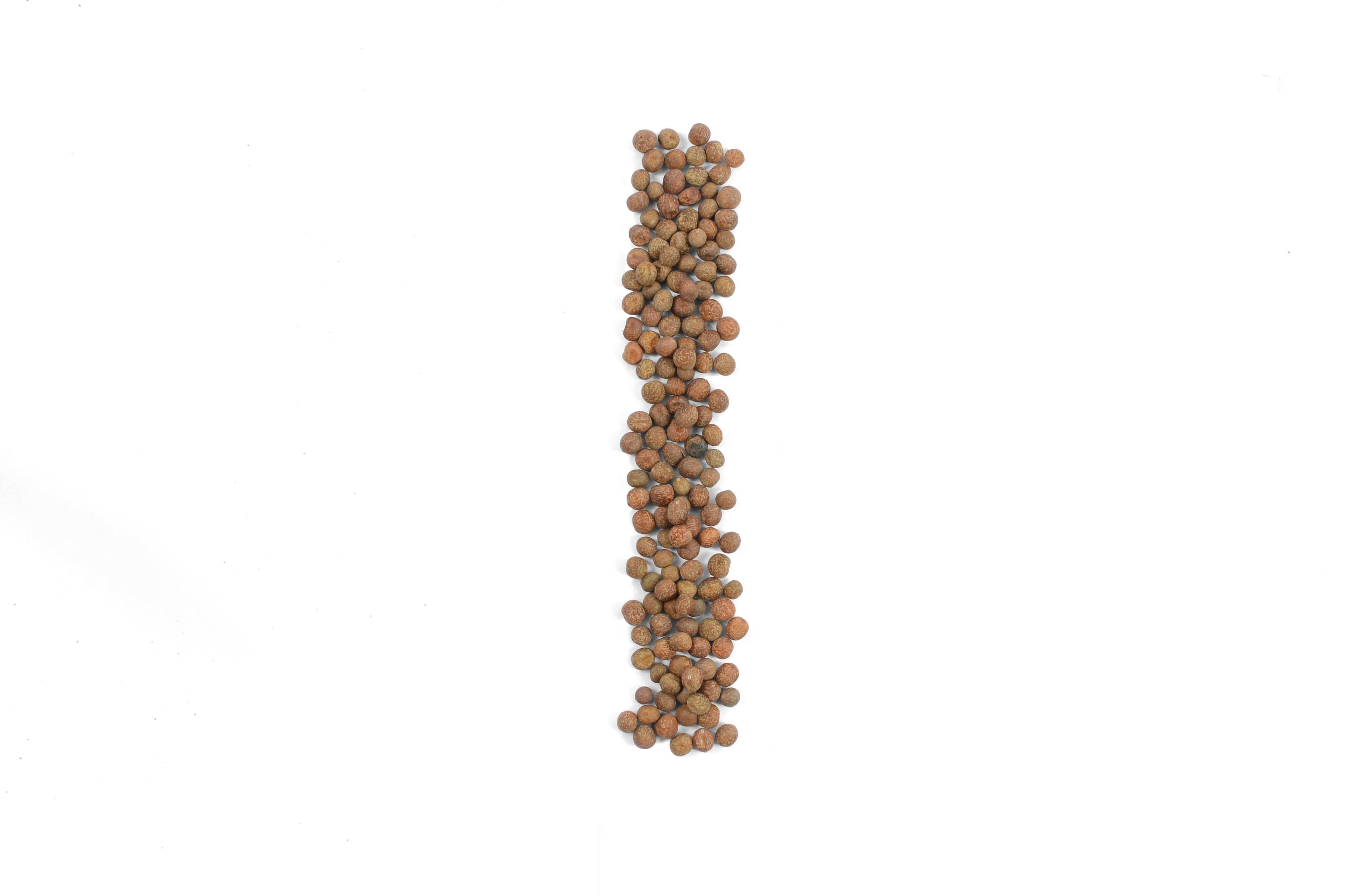Be Smart With Your Particles
Keith Sykes explains how to get the best from your favourite particles, and puts to bed some common misconceptions about their use…
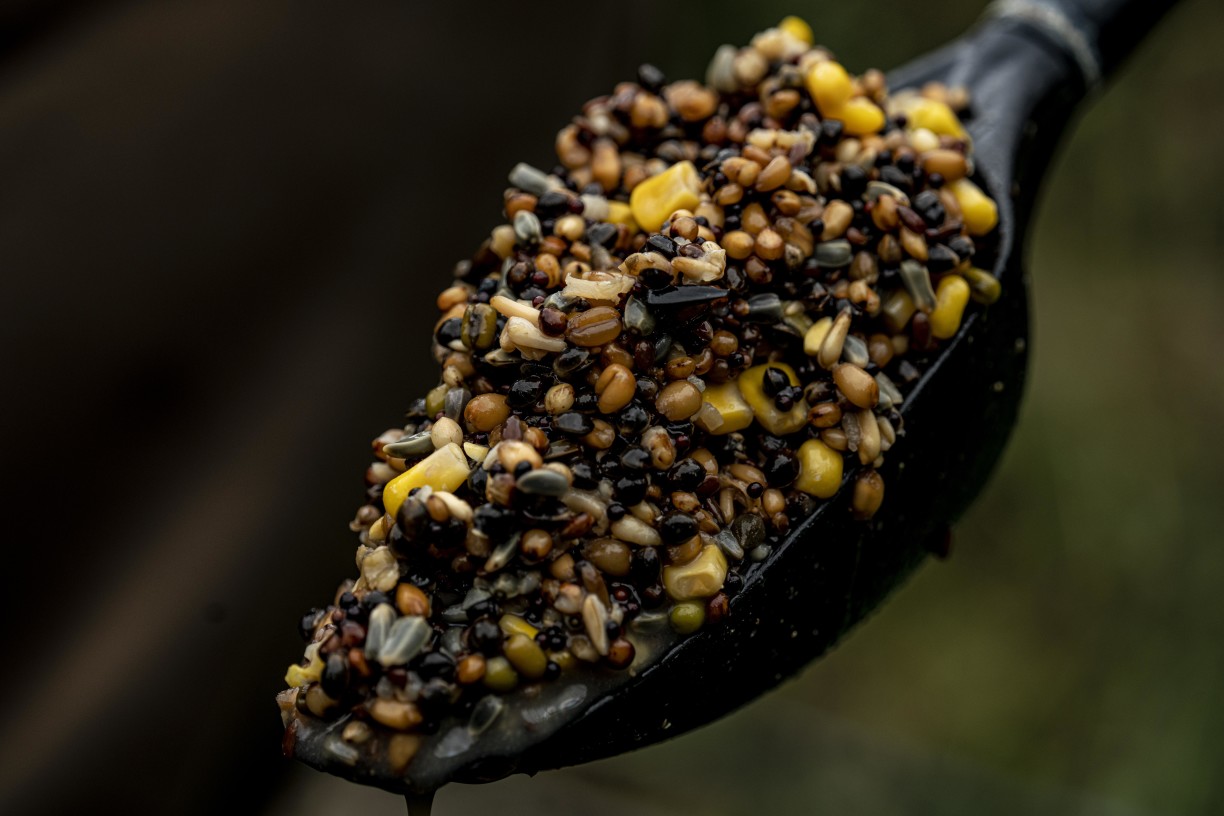
1. Hemp
What will it do? Probably one of the most popular seed baits. Good-quality hemp will offer a nice visual attraction with its white kernel, and give off a lovely oily plume that will travel up through the water column.
How do you use it? No question, hemp is a great one-seed fix, but it also works well with tares, and of course, a few grains of sweetcorn, or salty maize, to give it a little additional visual appeal.
How do you prepare it? Simply soak for 12–14hrs, then boil, bring to a simmer and cook until the seed splits—with good hemp, this will be after 20–30 minutes. You can spice it up by adding chilli flakes or fenugreek powder. If you are adding rock salt, do so after cooking.
How do you look after it? Hemp is excellent for freezing, and if you use really salty water (saturated), then the hemp is preserved for a time. Fresh hemp seems best; you don’t want the oil to go rancid.
Common myth… Supposedly, hemp is effective because it mimics water snails; have you ever seen hemp move, or release amino acids?
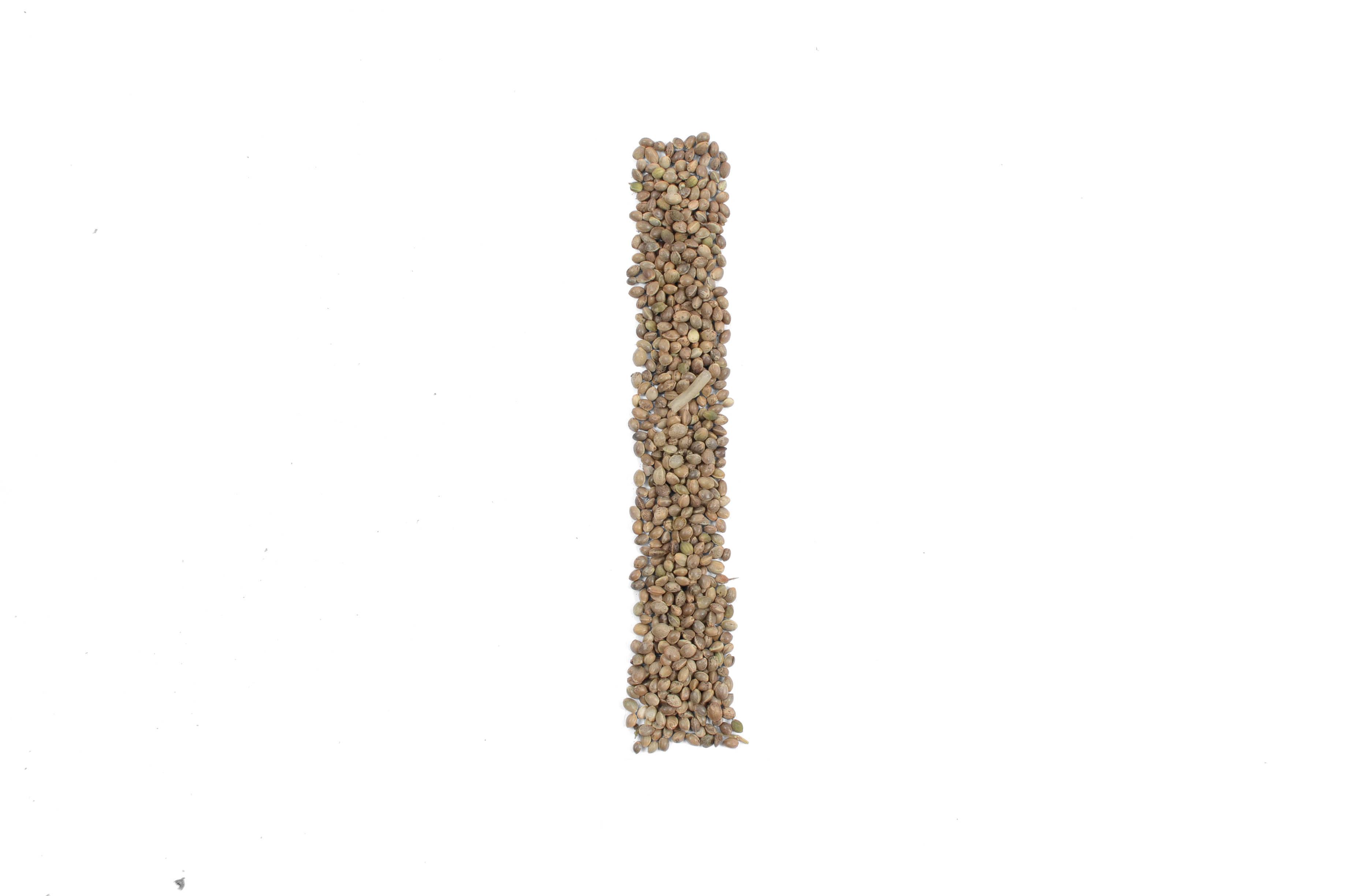
2. Oat Groats
What will they do? An underrated mass bait that can be tailored to specific fishing situations—excellent over silkweed—and you can make it super visual. On the flip side, too much too quickly fills ’em up.
How do you use them? Opinions vary. On their own, they are superb, or with crushed tigers added sparingly if permitted. Also a good feed base to fish Brazil nut hookbaits over.
How do you prepare them? One of the easiest, with no soaking required. Just bring them to the boil before simmering for literally only a minute or two. Then leave them in the cooking water for half a day.
How do you look after them? Groats work incredibly well with Carnation or full-fat, evaporated milk—seen to be believed!
Common myth… Feed little and often, and if used with milks, use fresh, as it can go off quickly.
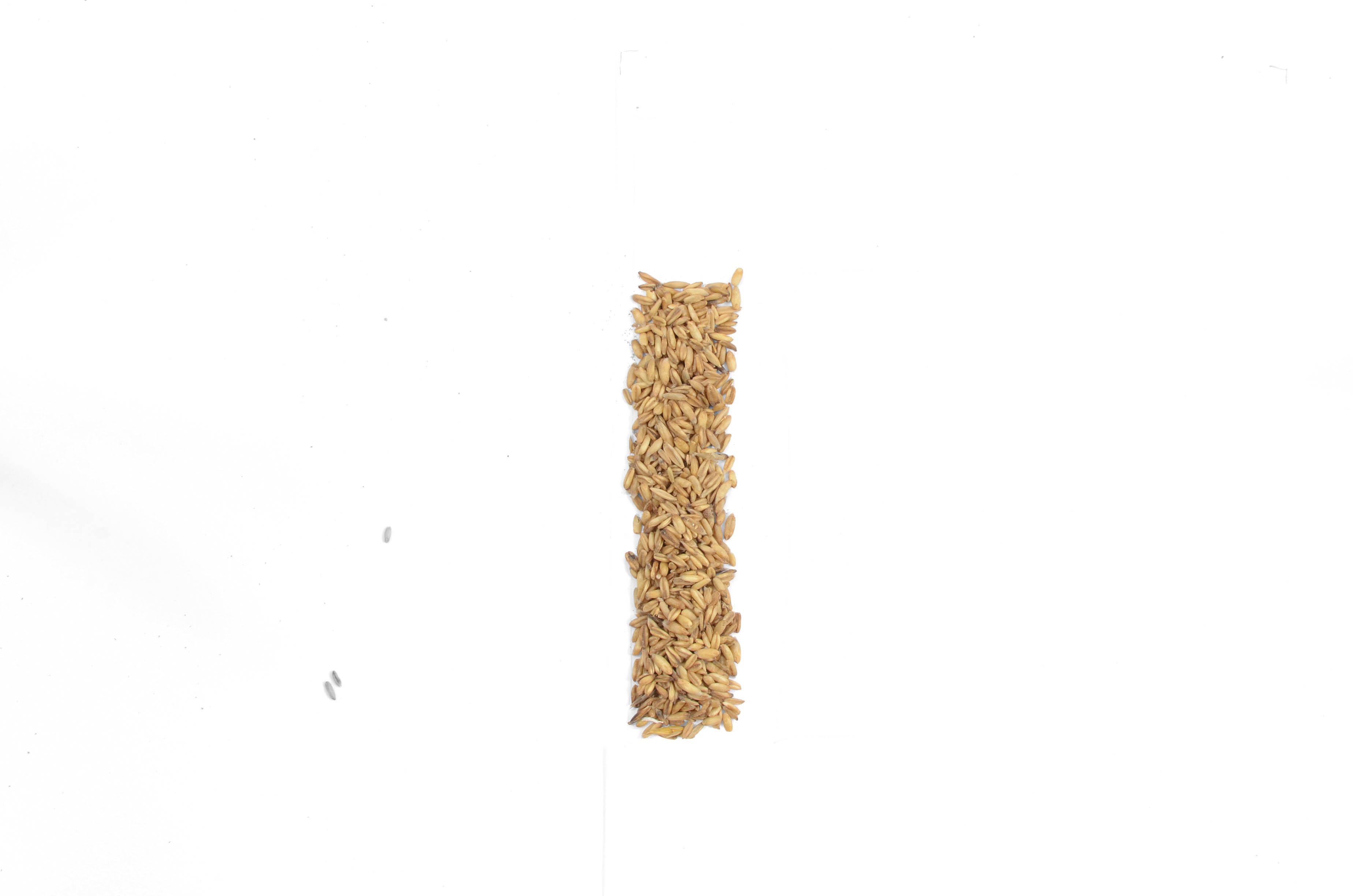
3. Buckwheat
What will it do? Buckwheat has made a bit of a comeback, and rightly so. Rich in oils and nutrients, carp really like this one. The crunch is a bonus, one which fish seem to like.
How do you use it? Excellent on its own, or works well in conjunction with hempseed at around fifty-fifty. Again, the addition of sweetcorn or maize gives this particle a little visual edge. In spring or summer, the addition of Himalayan rock salt gives it an extra kick.
How do you prepare it? Another easy-to-prepare particle. Soak for around 12hrs, then boil for anything between 5 and 10 minutes until the seed splits to reveal the kernels.
How do you look after it? Kept in salty water, it will last much longer. A good particle to block-freeze, then thaw prior to use.
Common myth… The carp like the crunch, but if anyone thinks it’s down to the ‘snail factor’, again, it’s probably not!
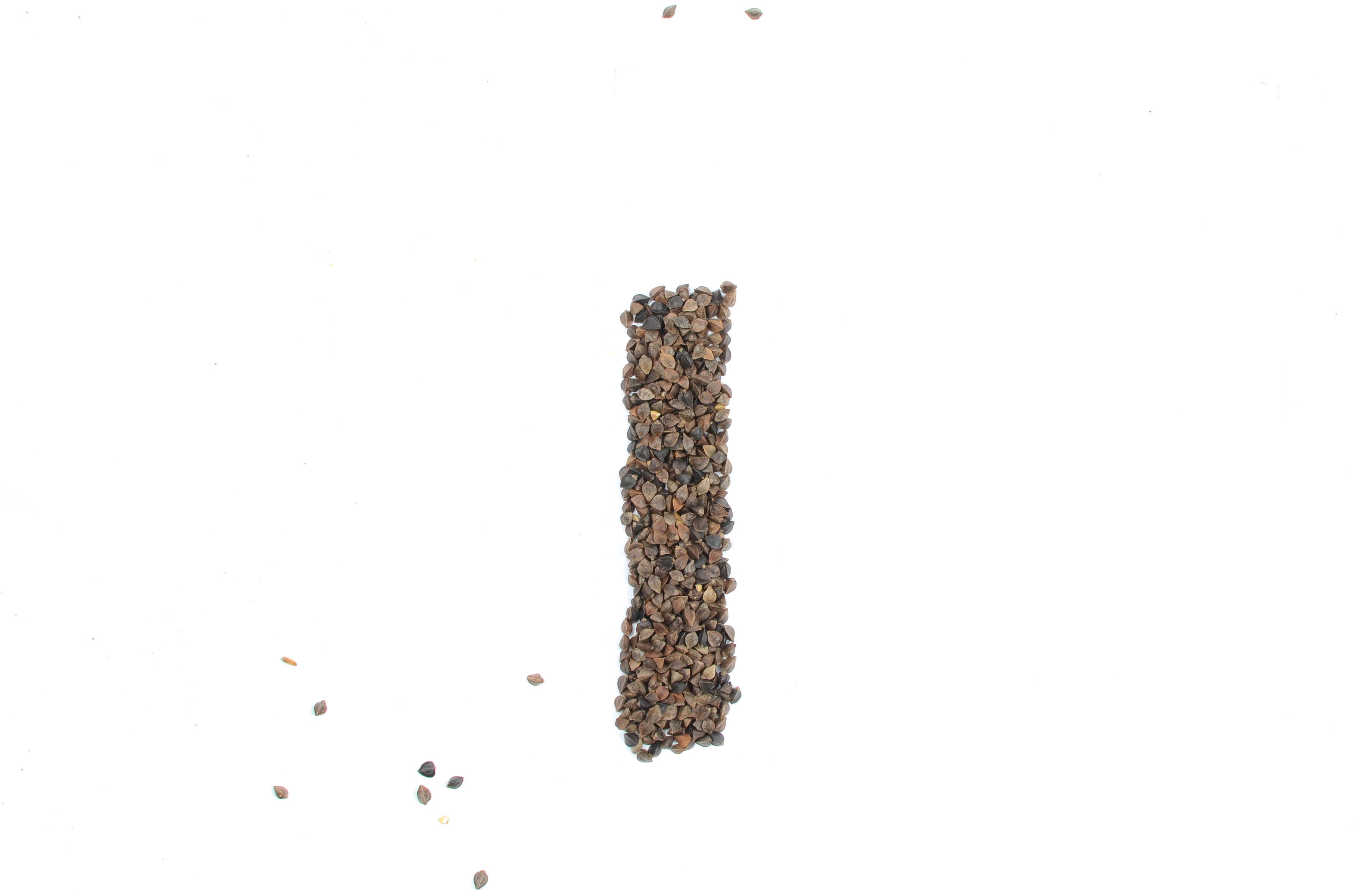
4. Partiblend
What will it do? A blend of around twelve mini-particles bursting with oils, spices and other inherent attraction, the various sizes and attractors included definitely keep the fish grubbing around in your swim for long periods.
How do you use it? This is a stand-alone mixture of seeds; maybe add a few scolded pellets (this can be a mega edge with all that lovely oil from the pellets), and of course, it’s the perfect ‘background feed’ to fish virtually any hookbait over—read ‘diverse baiting’!
How do you prepare it? Probably one of the quickest and simplest to prepare, meaning that you can cook on the bank as well! Just cover in water and bring to the boil. Job done! Then seal in a bucket and allow to cool, although it can be spodded straight out!
How do you look after it? As easy to look after as quickest to prepare. If you add oily, scolded pellet, it can go rancid and/or ferment—not for the faint-hearted, but the carp like it!
Common myth… Blows quickly. Probably not, as it’s still going as strong today as it was when it first hit the lake bottom!
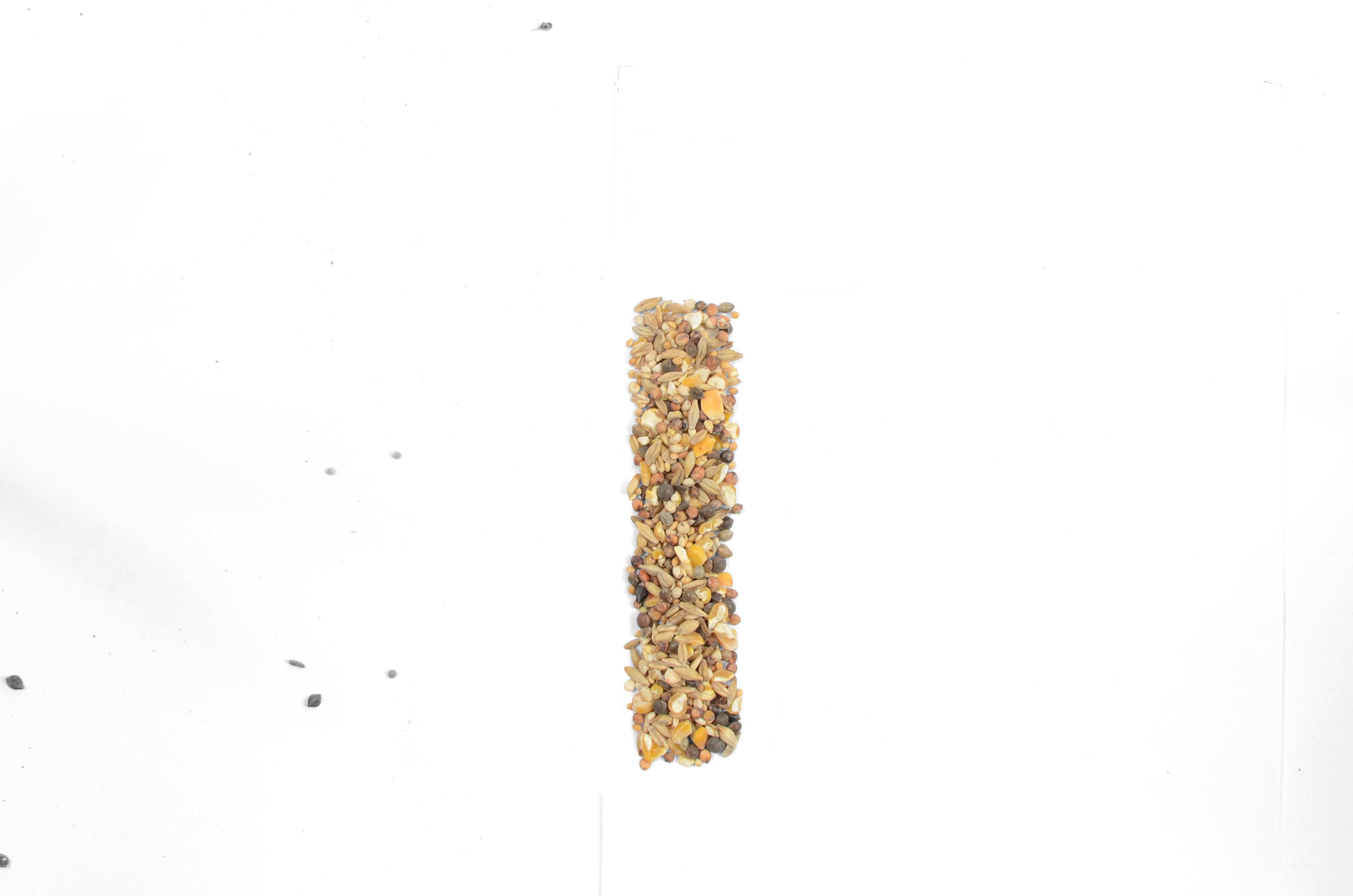
5. Tares
What will they do? Slightly larger than hemp, tares are often overlooked by the carp angler—and that’s a major mistake. Can be catapulted that bit further than hemp, and are useful for stalking or for close-range feeding.
How do you use them? Mixed in with hemp and other small seeds and particles, they create a variation on a theme. They are also excellent in groundbait mixes. Have you watched the latest Terry Hearn/ESP film on YouTube? If you have, you’ll know Tel’s still using casters, and tares go extremely well with them.
How do you prepare them? As simple as hemp to prepare: pre-soak for a minimum of 12–14hrs, then boil, bring to a simmer for 20–30 minutes, stirring regularly whilst keeping an eye on the texture. Salt can also be added after the cook—just the same as hempseed.
How do you look after them? Best used fresh, or fresh from frozen (as with most particles to be honest). Most species eat tares (roach especially love them!), but they won’t if they turn.
Common myth… Hempseed is better than tares because they are more visually appealing. Tell the carp that!
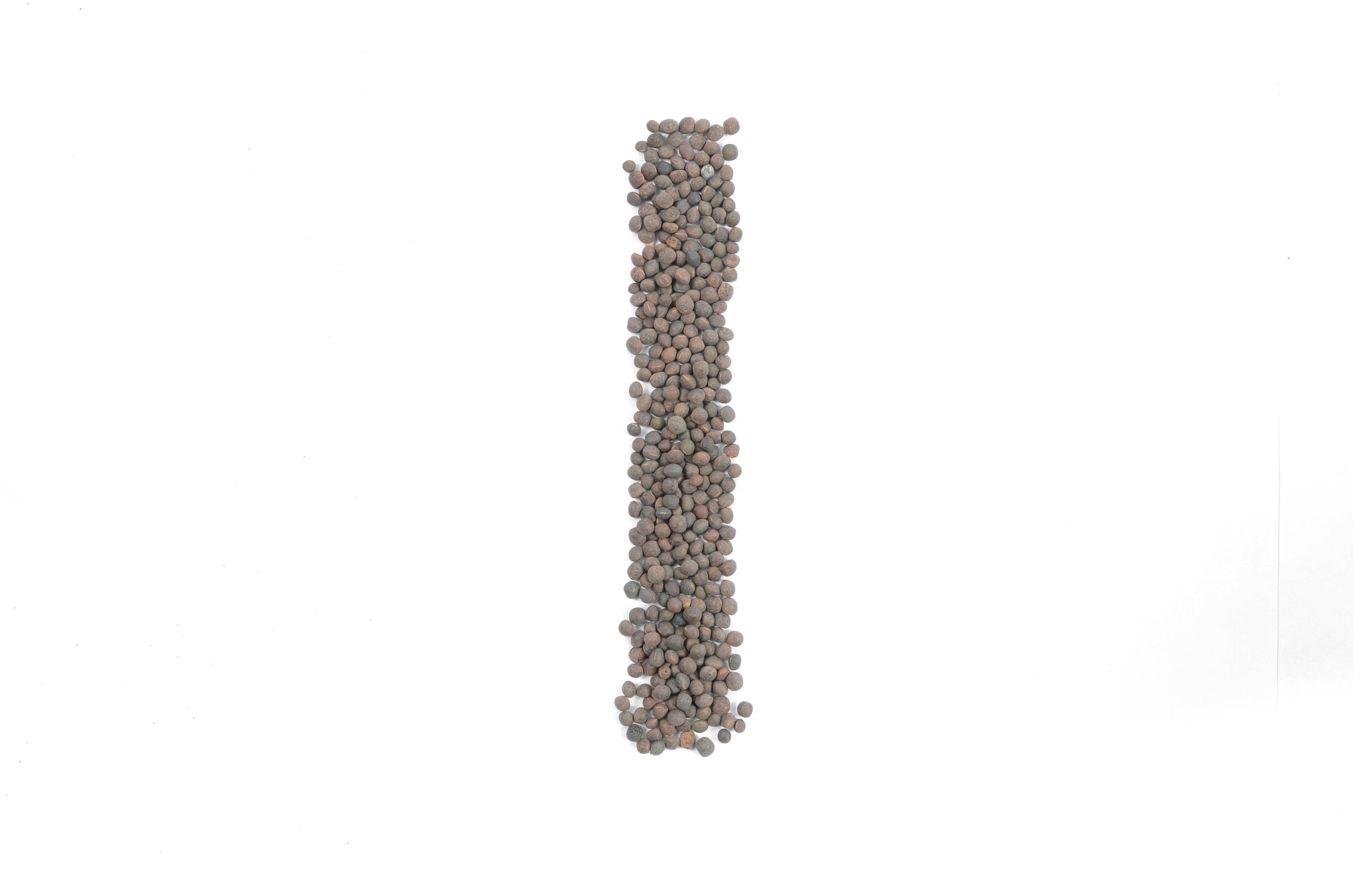
6. French Maize
What will it do? Another old-school particle that can be presented in several ways to make it different. A great big-carp particle, used widely on the Continent. Also, if left to go slightly harder, good where there are a lot of silvers.
How do you use it? Can be used as a stand-alone particle, mixed with other pulses and flaked maize, and of course, chopped boilies to create large feed-beds of attraction.
How do you prepare it? There are several ways. Firstly, you can add Hinders Betalin (5ml per kilo, dry weight), allow to stand for a few hours. Then, cover with water and allow to stand for a further 24hrs, boil and simmer for approximately 30 minutes. Another edge is to chip the maize and then stand in a saturated salt-water solution before cooking—this produces really salty maize!
How do you look after it? Easy to freeze, and if you have the stomach, allow it to ferment before using. It will stink, but it also has the benefit of being a little milky.
Common myth… It’s blown, a bit like sweetcorn. Rubbish! Carp will always like maize, the big girls especially.
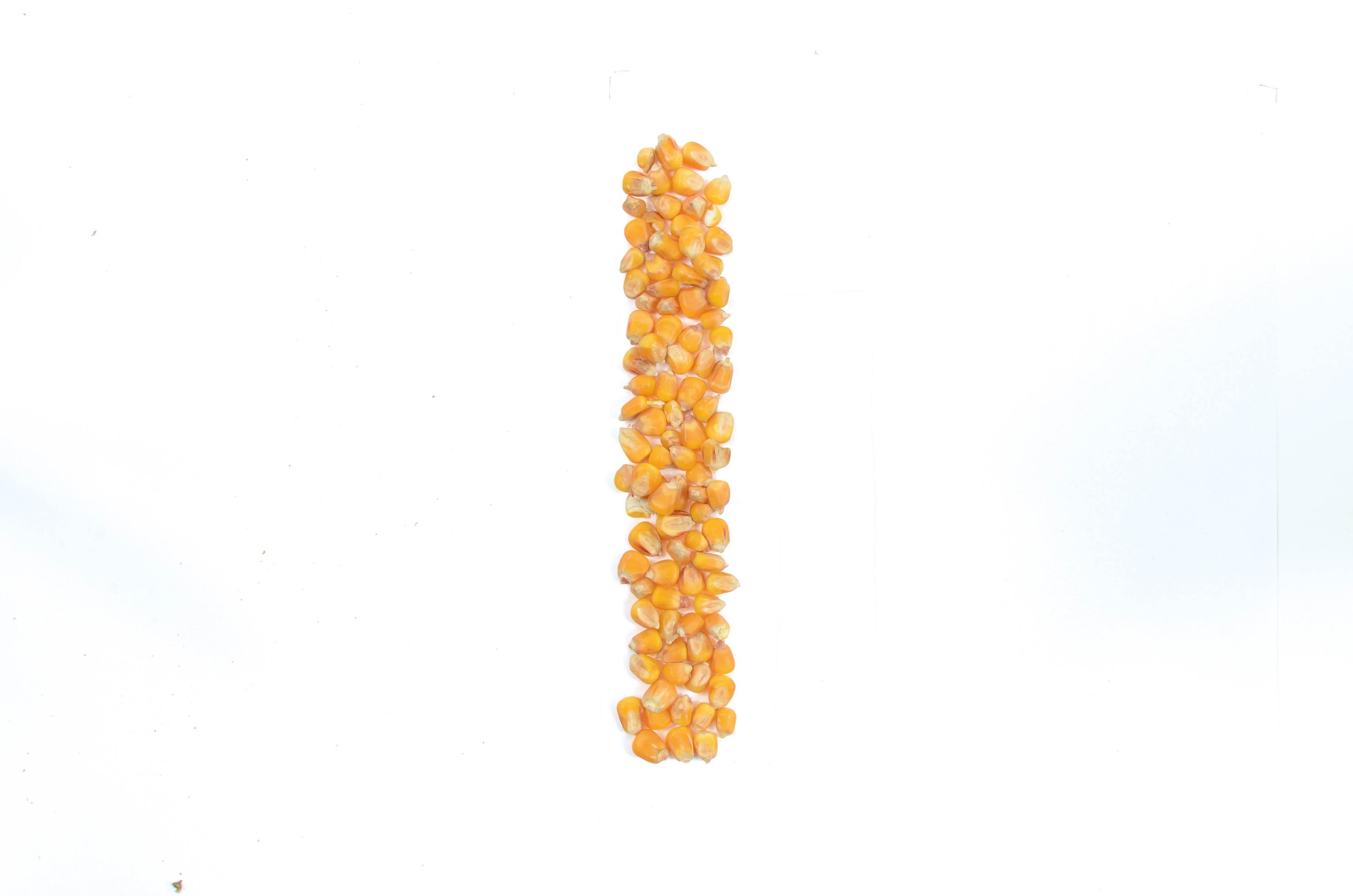
7. Tiger Nuts
What will they do? Unquestionably, one of the deadliest baits there are, and ‘self-baiting’ too—carp eat them and then excrete them a few hundred yards down the bank, where other carp will feed on them and do the same. They work particularly well on low-stock, big pits!
How do you use them? Due to the way they work, you don’t need loads in a swim. They work great fished over other particles or chopped tigers, in PVA bags, and in spod mixes at low levels.
How do you prepare them? You could write a book about this (quite literally!)—gloopy tigers, choc tigers and betalin tigers are all good variations. It is important to soak them for at least 24hrs. Bring to the boil and then simmer for a minimum of 20–40 minutes, adding sweeteners, flavours, syrup etc. prior to cooking.
How do you look after them? Ferment them off. Once your tigers get to the gloopy stage, they are incredibly effective.
Common myth…Tigers will go off simply due to their inherent sugars. Gloopy tigers will also eventually turn rancid. Freezing them tends to lose the gloop.
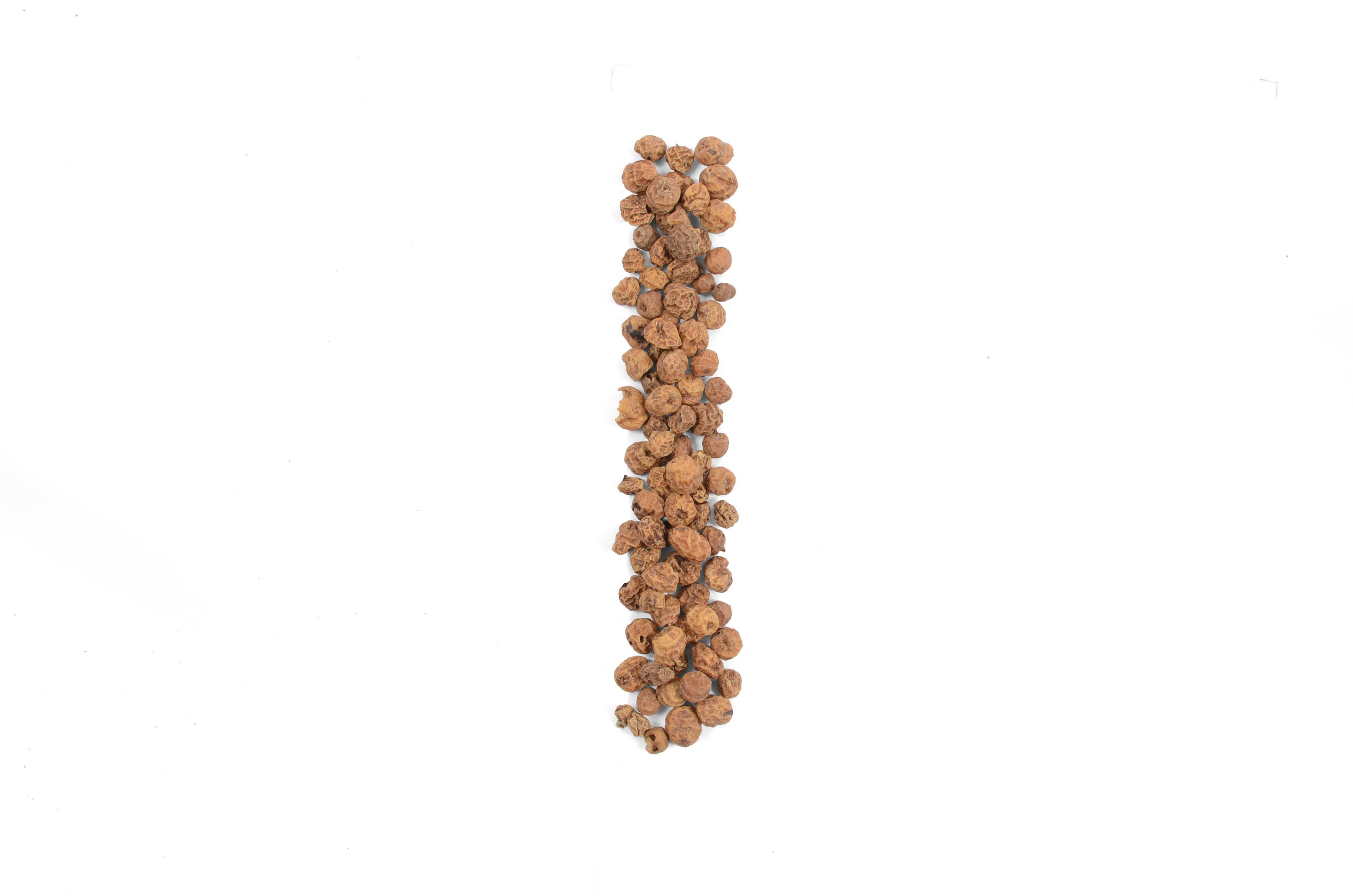
8. Chick Peas
What will they do? A particle that seems to have lost favour, yet chick peas have a lot going for them with their odd shapes, and given that they accept colours and flavours easily. A good ‘trap’ particle for stalking—can be made visual, or quite the opposite. A great follow-on from corn.
How do you use them? Probably best as a stand-alone particle, in little pouchfuls or PVA bags. Can be added to spod mixes for size variation etc., straight out of a can, bosh!
How do you prepare them? These are awesome flavoured and coloured (at the soaking stage)—pale pink, to full-blown fluoro to stand out. Flavour them with literally anything—best is a non-oil flavour. Reasonably easy to prepare: soak for 12–24hrs, bring to the boil, then allow to cool. Job done.
How do you look after them? If you wish, you can keep these in a saturated salt solution for ages, and this can harden them up a little. Freezing them if coloured, can make them a little messy when they thaw.
Common myth… The m
yth that they work well only in gravel pits is
rubbish. ‘Chicks’ will
catch carp anywhere!
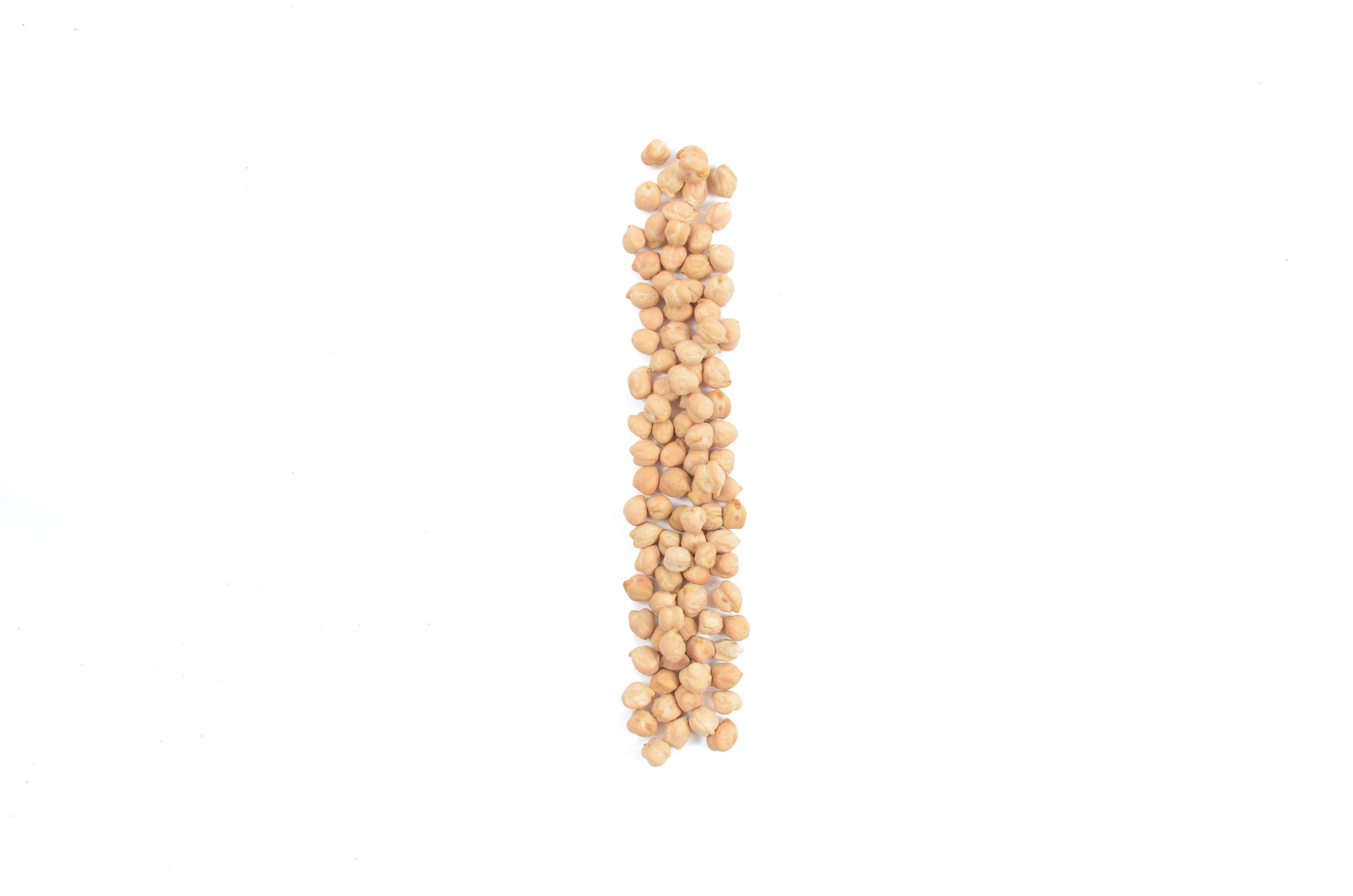
9. Mini-Maples and Maple
What will they do? Probably brought to the fore by master carper, the late Rod Hutchinson. Rod exploited their full values at Redmire and many other waters. Carp simply love them. They will seek every one out, and if fermented, they can produce a nice cloud. An excellent big-carp bait, particularly if the fish are shy.
How do you use them? Mixing mini-maples with the standard size offers some variation, and can be a good ploy. They work best on their own, minis or mixed.
How do you prepare them? As with all particles, preparation is important, but no more so than with maples. Pre-soak for at least 12hrs, preferably longer (24 or more if flavouring). Boil, bring to a simmer for 10–15 minutes, testing regularly to ensure that they aren’t too soft. Don’t allow them to overcook.
How do you look after them? If you keep them in a sealed bucket in the warm for 2–3 days, they will ferment. You then get a lovely milky goo, which also smells a tad, so be warned!
Common myth… The myth that they are best not flavoured is again, rubbish. They are good salted up!
